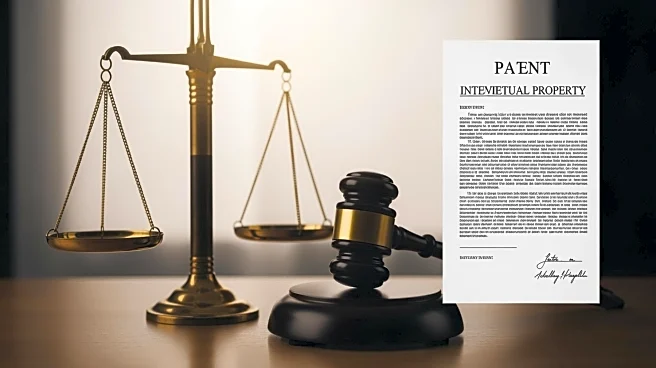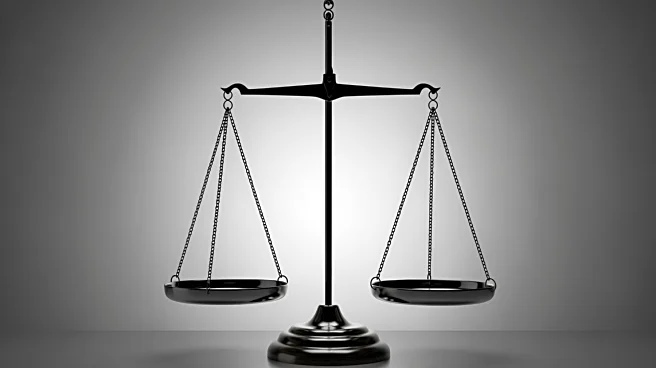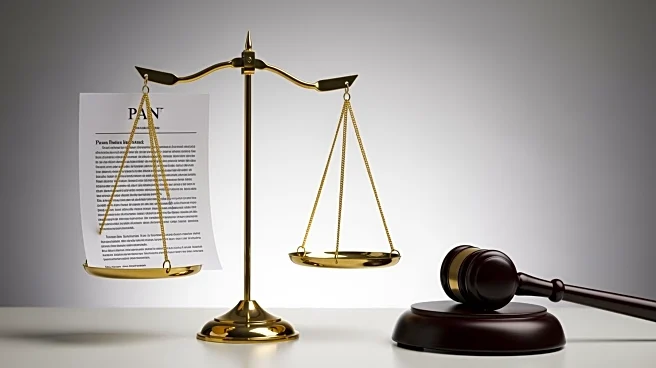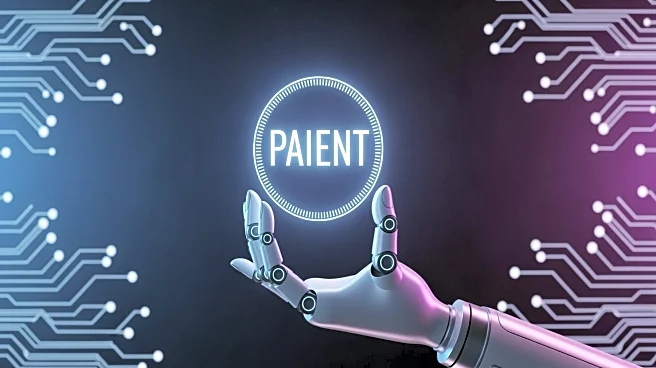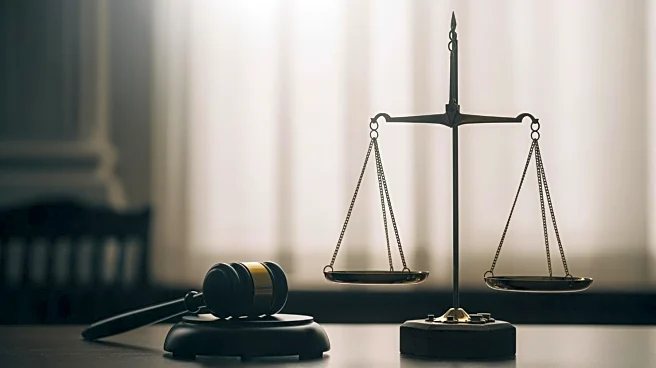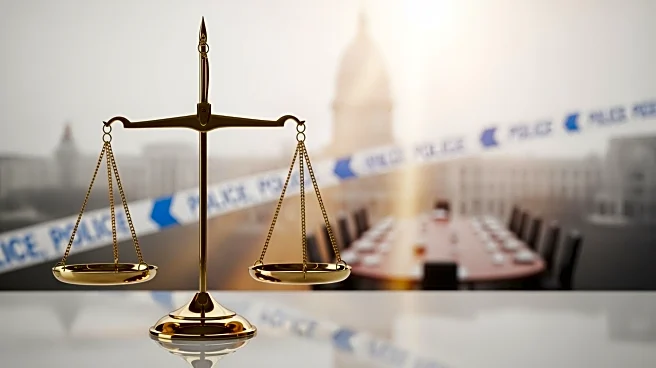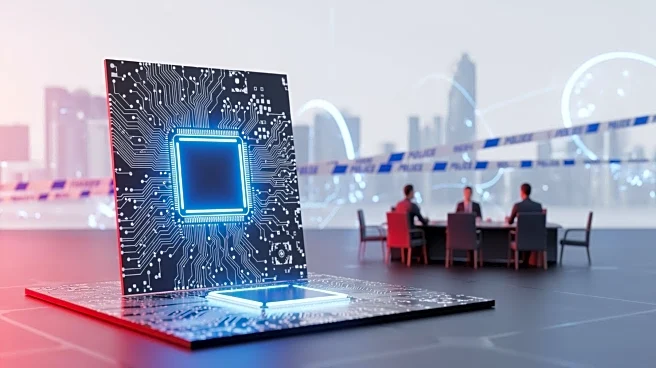What's Happening?
The United States Patent and Trademark Office (USPTO) has issued a Notice of Proposed Rulemaking, an Open Letter, and a Memorandum that could significantly alter the landscape of Inter Partes Reviews (IPRs). Effective October 20, 2025, the proposed changes
aim to enhance procedural efficiency and reduce duplicative proceedings in patent validity disputes. The USPTO will limit the institution of IPRs when another proceeding is likely to resolve patentability or validity first, or when the same claims have already been adjudicated. The proposal also requires IPR petitioners to stipulate that they will not pursue invalidity challenges under 35 U.S.C. §§ 102 or 103 in other forums. These changes are intended to harmonize administrative adjudication with judicial proceedings, ensuring that patent disputes are handled efficiently and with finality.
Why It's Important?
The proposed rule changes by the USPTO are poised to impact the strategic approach to patent litigation in the United States. By potentially shifting more patent validity disputes to district courts and the U.S. International Trade Commission, the changes could increase the workload of these judicial bodies. Companies and legal practitioners will need to carefully monitor pending litigation and IPR petitions involving patents that could be asserted against them. The requirement for petitioners to stipulate not to pursue certain invalidity challenges elsewhere aims to prevent duplicative litigation, but may also restrict legitimate defenses. The comment period ending November 17, 2025, provides an opportunity for stakeholders to suggest refinements to ensure the rules achieve their intended effect without negatively impacting existing litigation strategies.
What's Next?
Stakeholders, including practitioners, industry representatives, and patent owners, are encouraged to participate in the comment period to refine the proposed rule changes. Suggestions may include aligning stipulation requirements with the statutory scope of IPRs, introducing procedural safeguards for timing across multiple defendants, and defining 'exceptional circumstances' with illustrative examples. These refinements could help ensure the new rules operate smoothly while upholding fairness and procedural efficiency. The USPTO's commitment to enhancing the integrity and efficiency of the patent system underscores the importance of thoughtful input during this period.
Beyond the Headlines
The proposed changes reflect a broader effort by the USPTO to restore the statutory framework mandated by Congress in the America Invents Act. By centralizing the decision-making authority with the Director, the USPTO aims to eliminate the appearance of self-interest and enhance transparency and public trust. The changes could lead to a more predictable and sustainable post-grant review landscape, but also require careful consideration of the balance between certainty and the public interest in maintaining a sound patent system.
